"Here's one of our favourite concepts of all time. The Espace F1 was created in 1995 by French motorsport pioneers Matra to celebrate both the 10th anniversary of the Espace and Renault's involvement in Formula One racing. It might have looked "

Avantime
A future that never came...
Very few people can claim to have owned a road-legal spaceship. As it happens, I’m one of them.
Okay, okay, it wasn’t really a spaceship, though it definitely had an otherworldly air to its appearance. And it did produce occasional ‘aren’t you Han Solo (I liked that one)/Chewbacca (no comment)/Buck Rogers?’ comments from a motley assortment of self-appointed (t)wits. Still, I suppose that’s par for the course when you drive a Renault Avantime.
Yup, I used to own an Avantime: a 3.0 litre Privilège model in Mars Red (there’s that space thing again). I liked it too. Mostly.
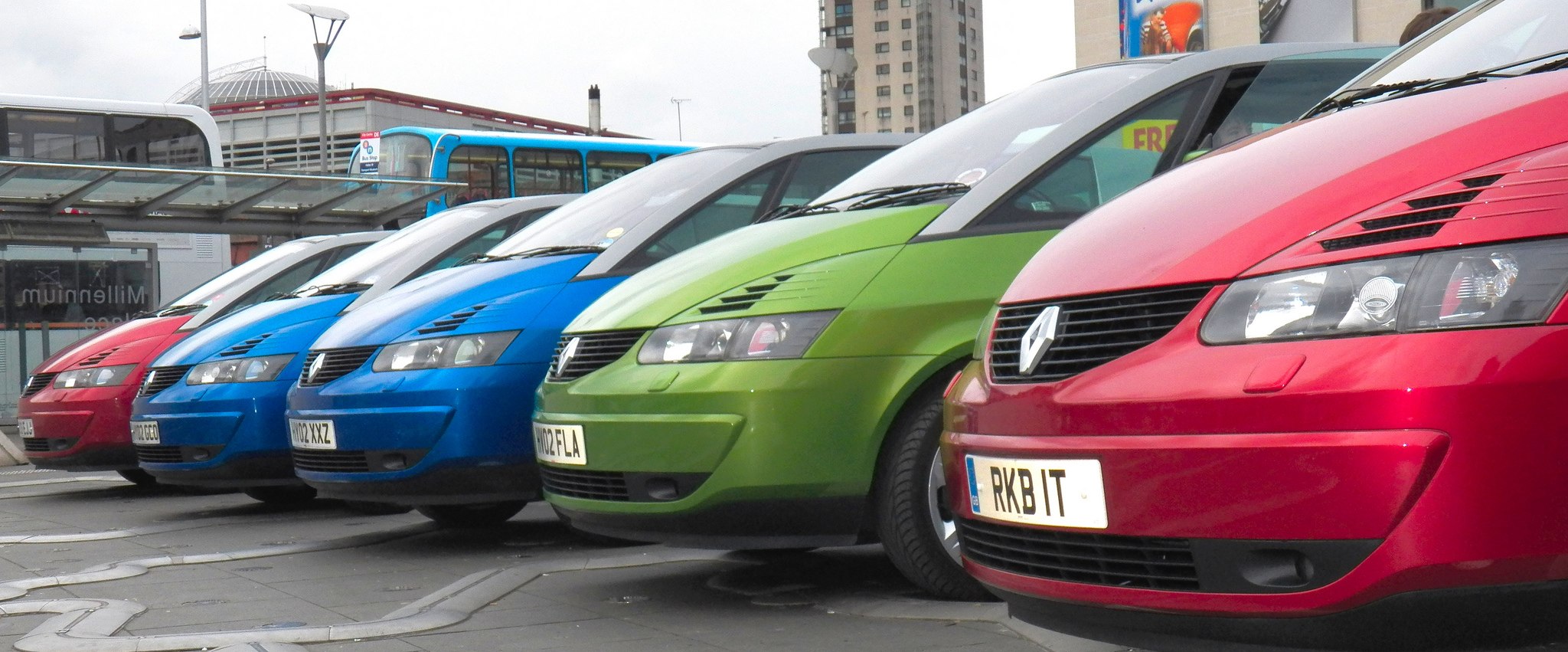
But we’ll get back to that. First, though, let’s look at the story behind the car.
Back in the 1990s, life was pretty good for Matra Automobile, the makers of the Renault Espace. Sales of the Espace were healthy, the production lines were running at full tilt and the company was turning in a respectable profit each year.
But then came a bombshell. In 1997, Renault informed Matra that the fourth generation of the Espace, still some years away, would not only be of conventional construction (rather than Matra’s well-established recipe of composite bodywork underpinned by a galvanised steel chassis) but would be built in Renault’s own factories.
It was a hammer blow for Matra, whose proverbial eggs had long-since sat in a basket owned by Renault, and it came at a time when the focus of Matra’s parent company, the Lagardère group, was shifting away from aerospace and automotive to publishing.
The one sliver of light at the end of the tunnel was that Renault wasn’t completely abandoning its partner: a new car, albeit one based on the platform of the third generation Espace, would be produced. It wouldn’t fill the void left once Espace production ceased, but it should give Matra some degree of reassurance while it explored other possibilities. At any rate, that was the idea.
The new car would, like the Espace and Rancho before it, seek to carve out its own sector in the automotive market. It would have the space of an MPV, the style of a coupé and the freedom of a cabriolet. It would be unique. And not just in concept.
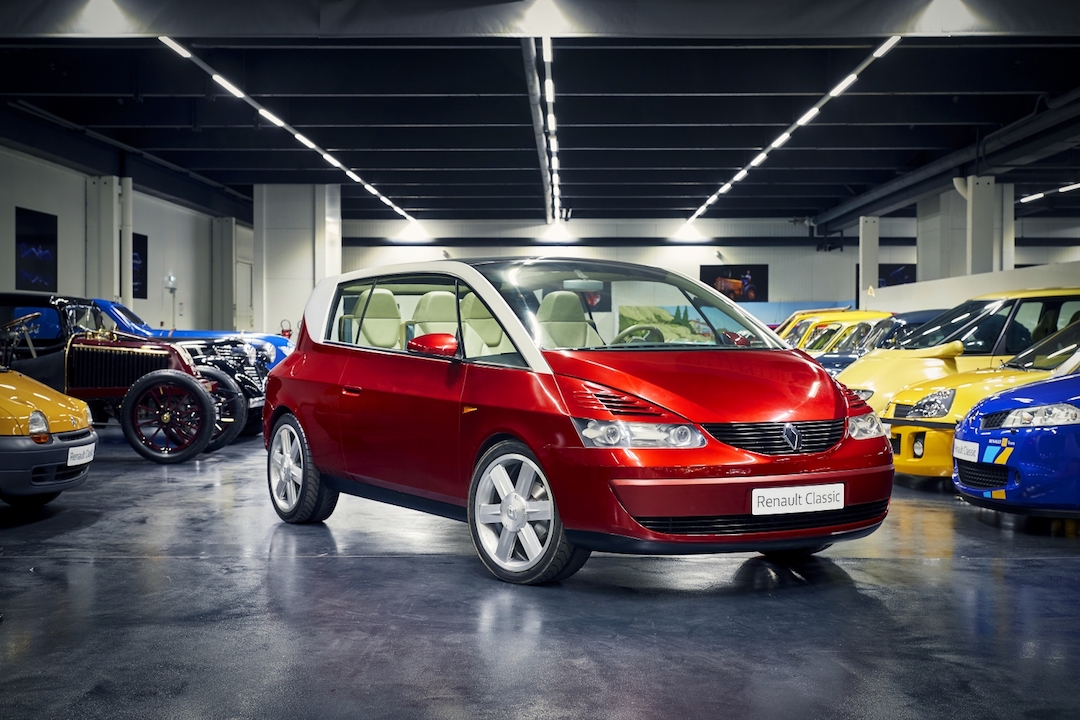
It broke cover at the Geneva Motor Show in 1999. Presented as a concept car (the ‘Coupéspace’), its futuristic looks, courtesy of Renault’s Patrick Le Quément, caused heads to be turned and scratched in roughly equal measure.
Six months later, it repeated the feat – this time in production guise (little changed from the concept) – at the Frankfurt Motor Show. And it had a new name: Avantime.
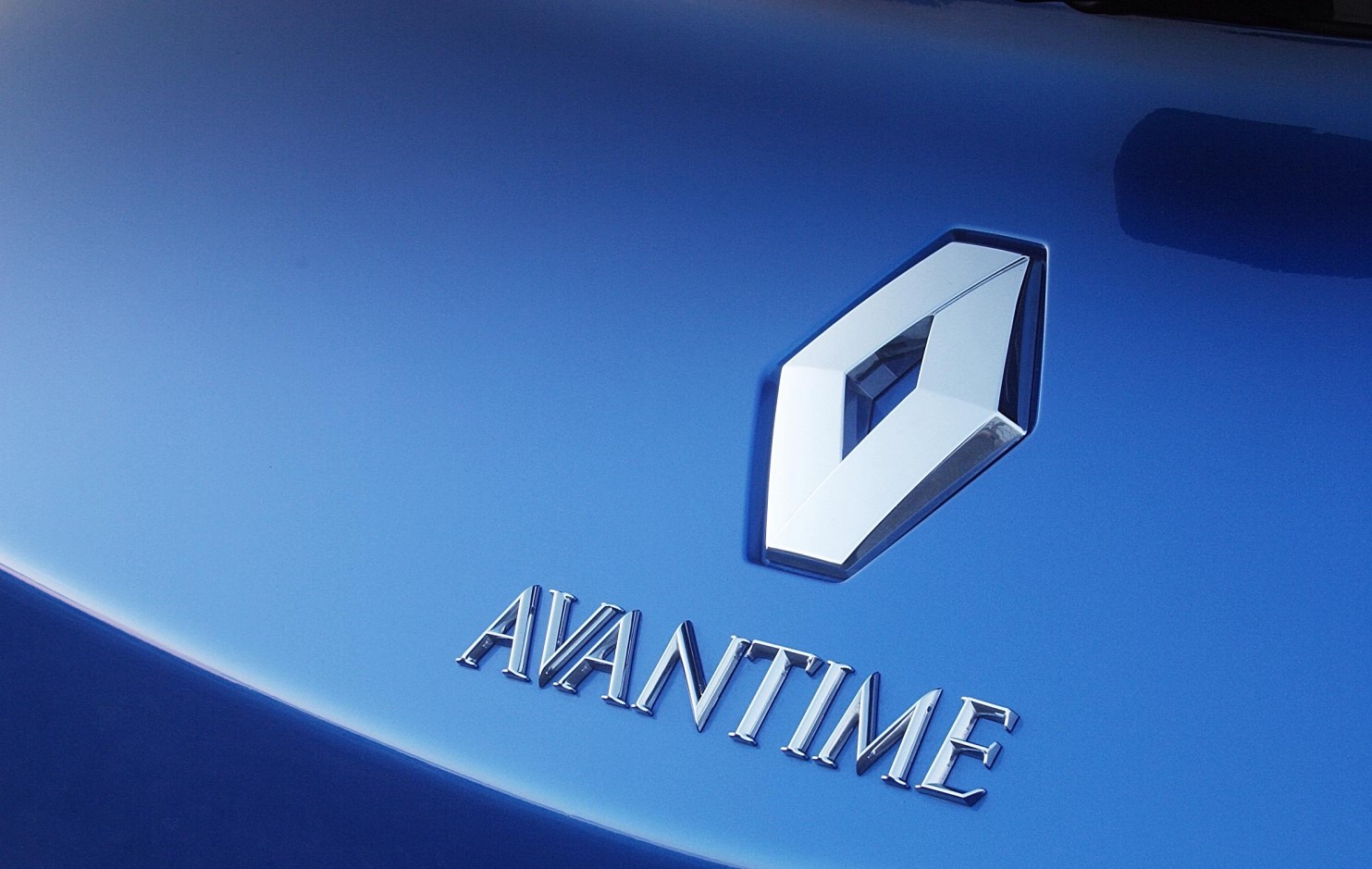
A strict four-seater, the Avantime had two double-hinged doors (the largest and heaviest ever seen on a production car), a huge opening glass roof, pillarless side windows and aluminium roof rails. Moreover, its futuristic looks bore testament to the wish expressed by Renault’s Thierry Metroz that it continually astonish someone walking around it for the first time.
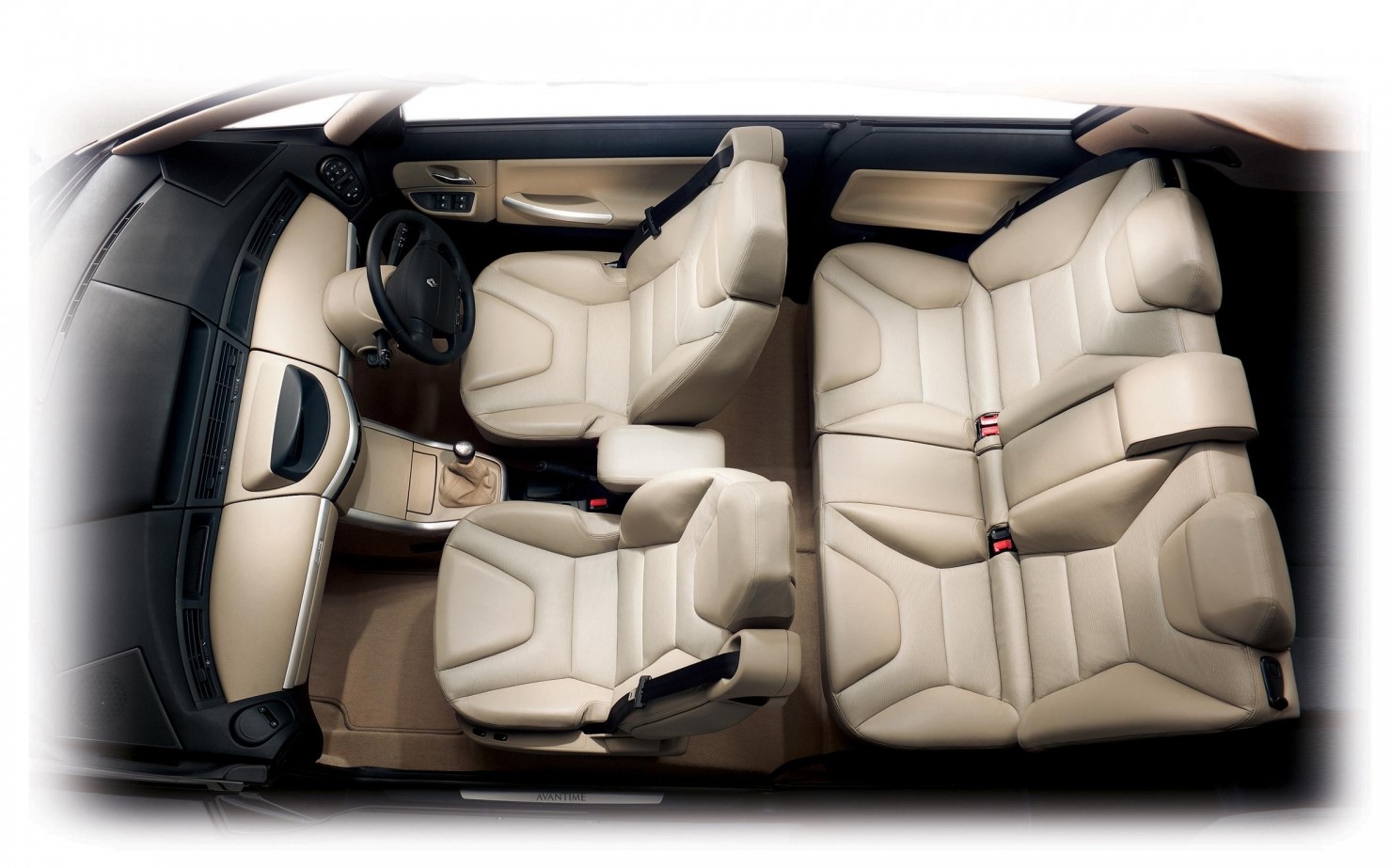
The plan originally called for the Avantime to be showroom-ready before the end of 2000, but issues with the doors and roof meant that its introduction was delayed by a year. And when it did go on sale only the range-topping 3.0 litre V6 version was available. Buyers would have to wait a little longer for the other engine options, turbocharged 2.0 litre petrol and 2.2 litre diesel units (the latter of which was never available on UK cars), to reach the market.
Sales got off to a slow start, but Matra and Renault weren’t overly concerned at first. After all, they no doubt reassured themselves, only nine Espaces were sold in its first month on sale yet it had gone on to sell like warm croissants. However, they were soon to learn that history wasn’t about to repeat itself.
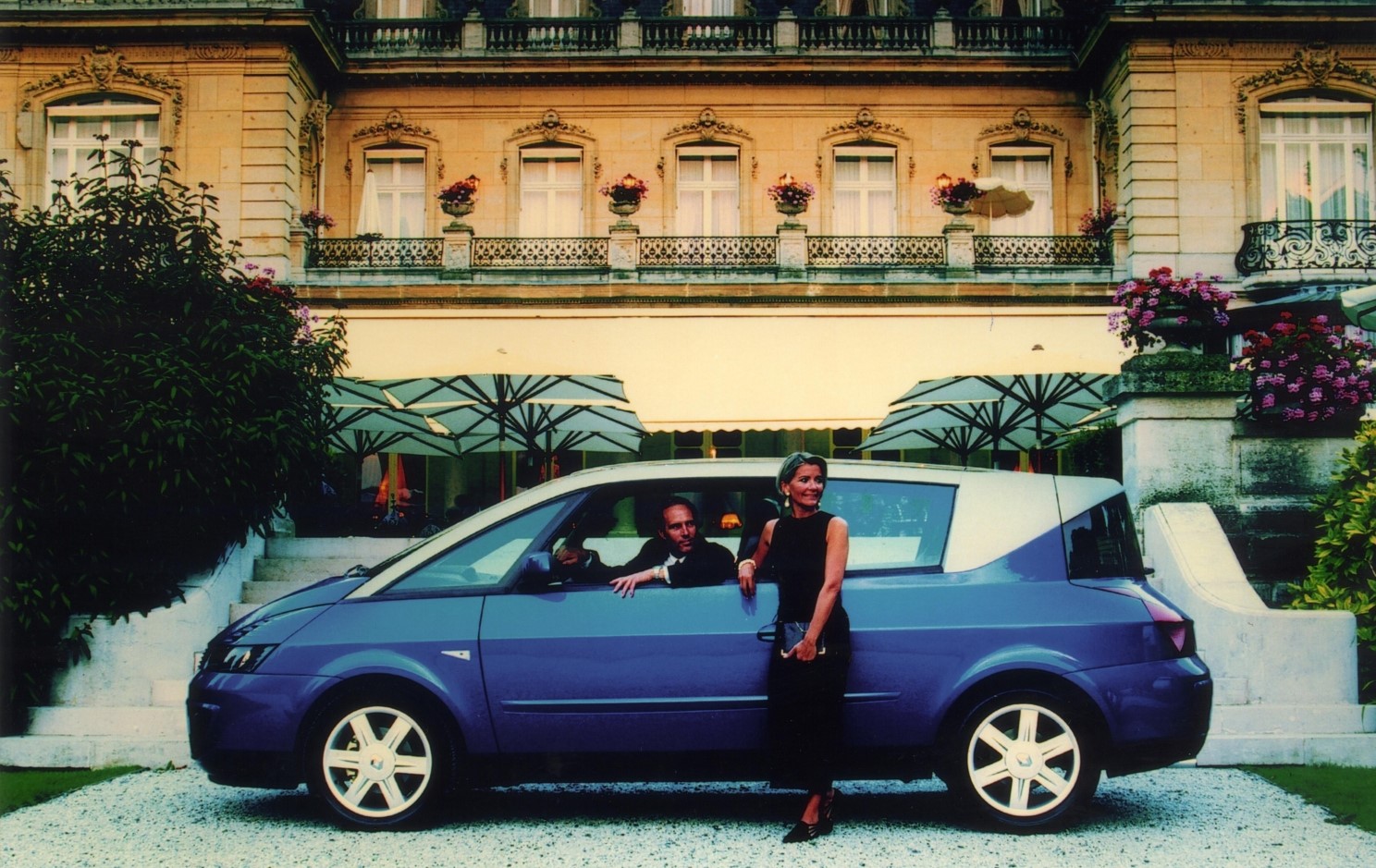
It didn’t help that Renault had contrived to create an internal rival for the Avantime, the Vel Satis. Launched within a few months of each other, the two cars competed for the same buyers. And for all its ungainly appearance, it was the Vel Satis that won the numbers battle, outselling the Avantime by a ratio of over 7:2 in spite of its own sales figures falling well short of expectations.
It had been anticipated that Avantime production would run at around 20,000 units per annum, a far cry from the 50,000+ Espaces that Matra had been accustomed building each year. But poor sales meant that only a little over 5,000 examples were built in 2002. With Espace production having ended and Matra’s planned M72 city car not yet ready to go into production, the company found itself fighting for survival.
Matra had already been put up for sale in 2000, at around the time it was engaged in negotiations with MG Rover to re-engineer and re-package the outgoing Espace (to which it held the rights) as a Rover. But with those negotiations having failed and no buyer on the horizon, its parent company was running short of patience.
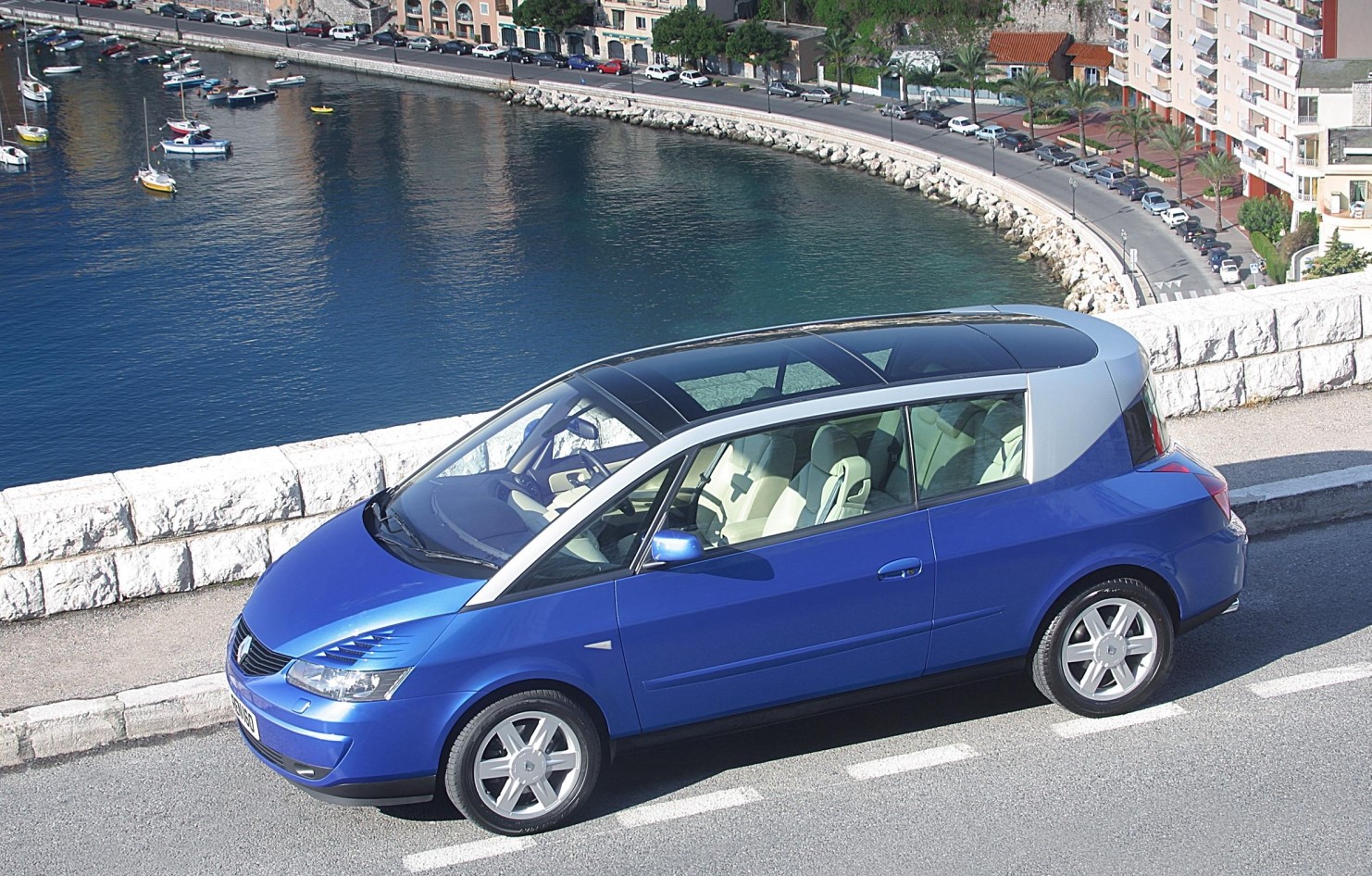
By the end of 2002, the situation had become critical, with Avantime orders running at an average of 15 units a day in December. Sales talks were held with a German company involved in Matra’s M72 project. When these too failed to bear fruit, Lagardère decided to pull the plug on automobile production. Matra Automobile closed its doors in March, 2003.
In around 18 months, only 8557 Avantimes were built, of which 447 came to the UK. And in 2007 one of them ended up in my driveway.
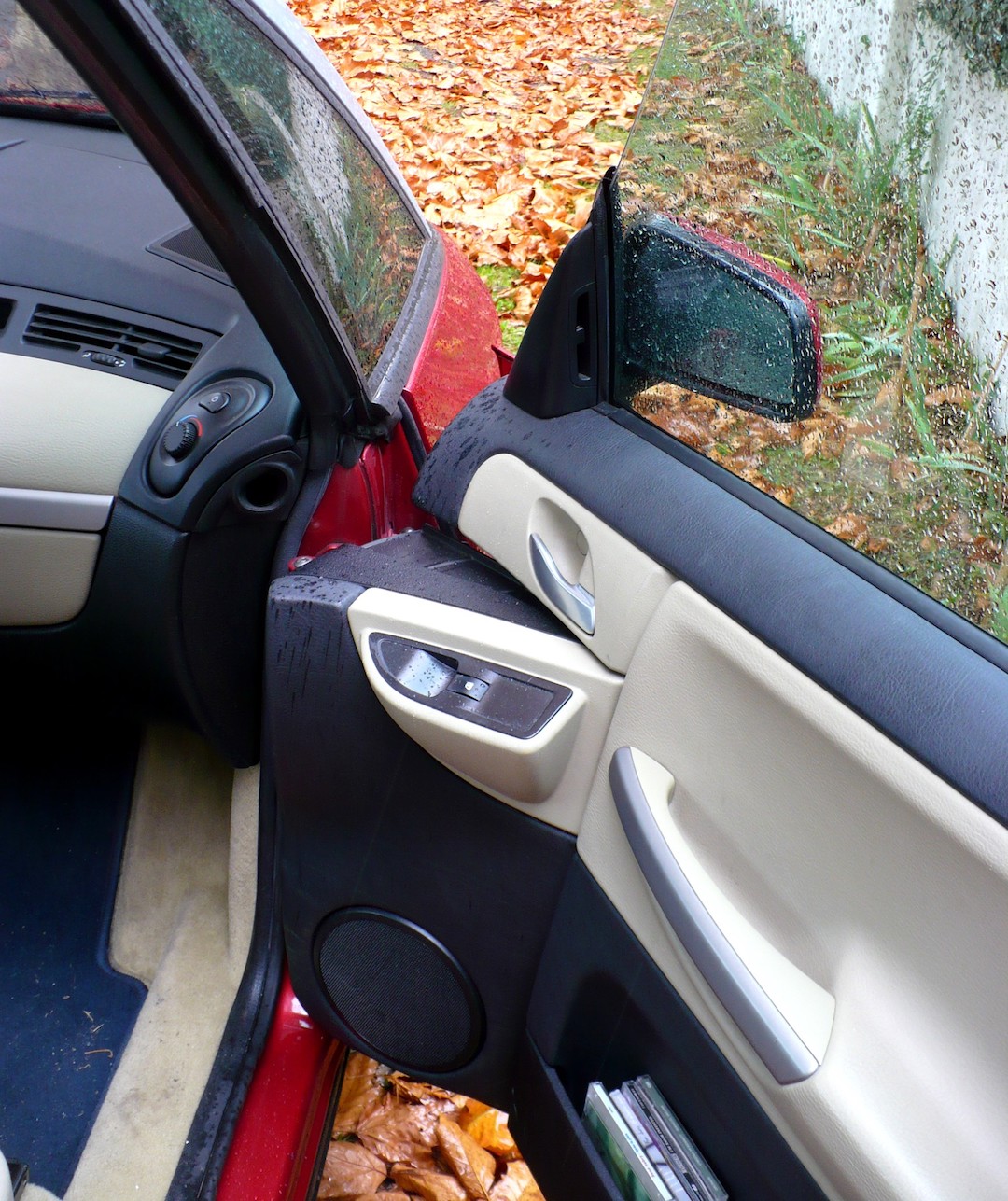
Having just got married and with the prospect of family life beckoning (or so it seemed), I needed a car that would be up to the job of transporting a young family and relative paraphernalia without boring me to death. So I bought an Avantime.
Like all UK buyers, my choice was limited to a choice of two petrol-engined models: the turbocharged 2.0 litre (only available with a manual ‘box and in Dynamique trim – the Helios and Expression trim levels were not available in the UK) and the 24V, normally aspirated 3.0 litre, in top-of-the-range Privilège spec.
My preference was for a manual V6 in Iliad Blue, but with only around 40 V6 manuals having come to the UK the market wasn’t exactly saturated. In fact, I couldn’t find a single V6 manual for sale in any colour.
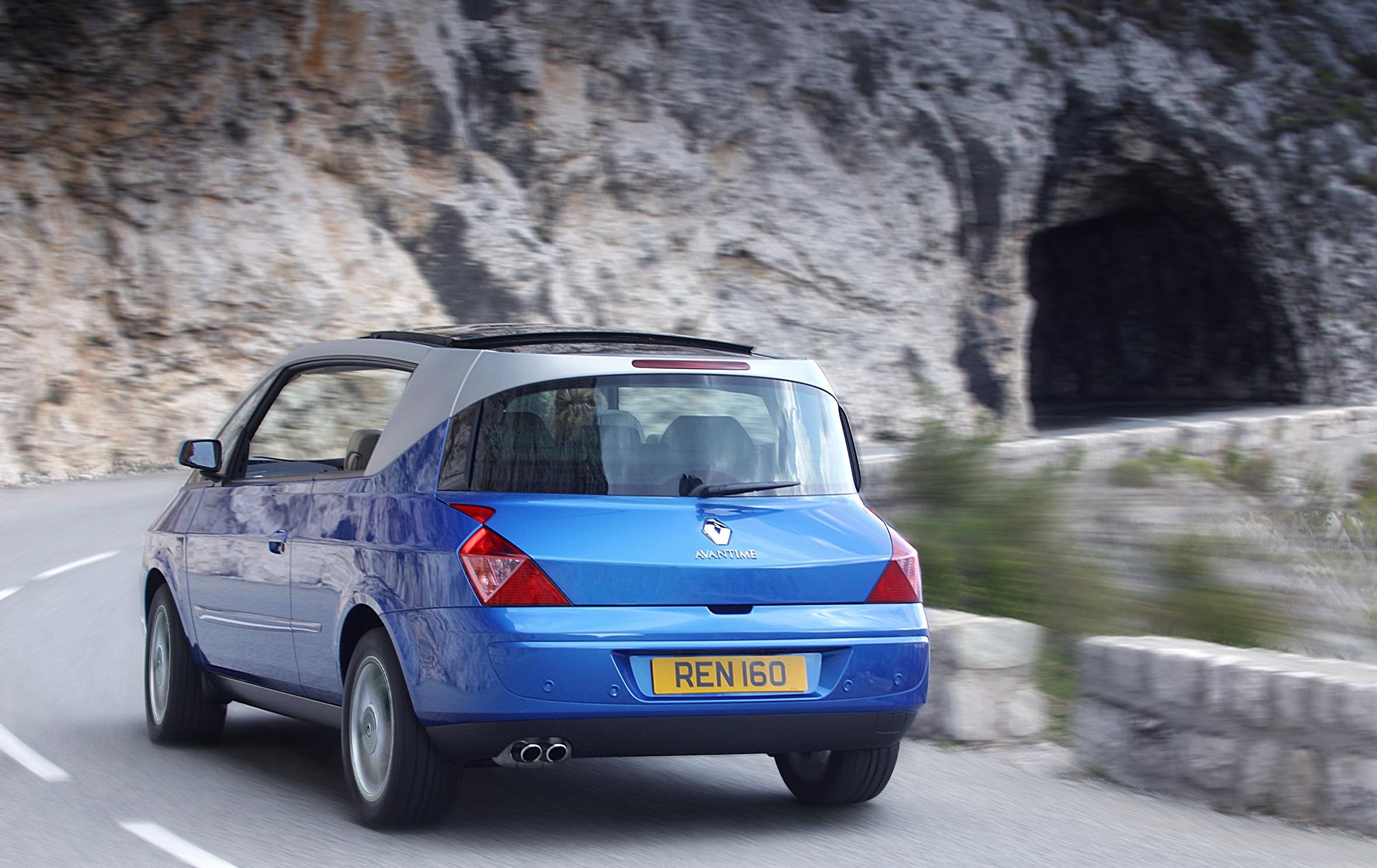
In the end, I settled for a red one with an automatic gearbox. Not my best decision.
Perhaps my car’s gearbox was atypical, but it was a hateful thing, reluctant to kick down with any sort of urgency and just as slothful when it came to making upchanges. Thankfully, it was a lot better in sequential mode.
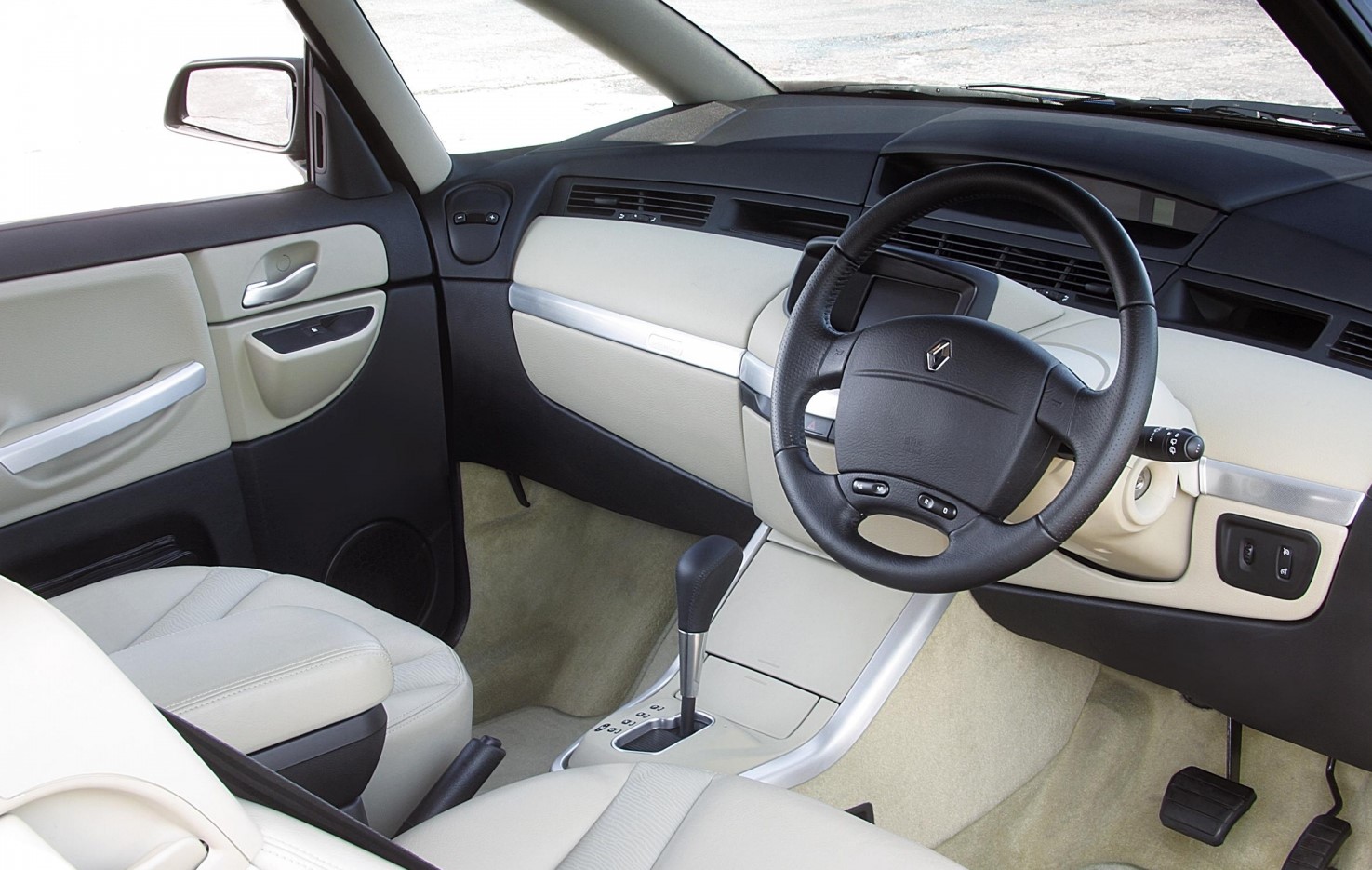
The engine had a pleasing thrum, but performance was a notch or two below that of contemporary large coupés. As for fuel consumption, well let’s just say that it drank like Oliver Reed. And then there were the electrical niggles. Well, it wouldn’t be a French car if it didn’t have at least a couple of peccadilloes on that front, so the wipers and CD player duly obliged.
On the plus side, it handled well enough as long as you didn’t mistake it for a sports car. It was comfortable too, and on warm days ‘grand air’ mode, which fully opened the roof and windows, could be accessed via a single switch.
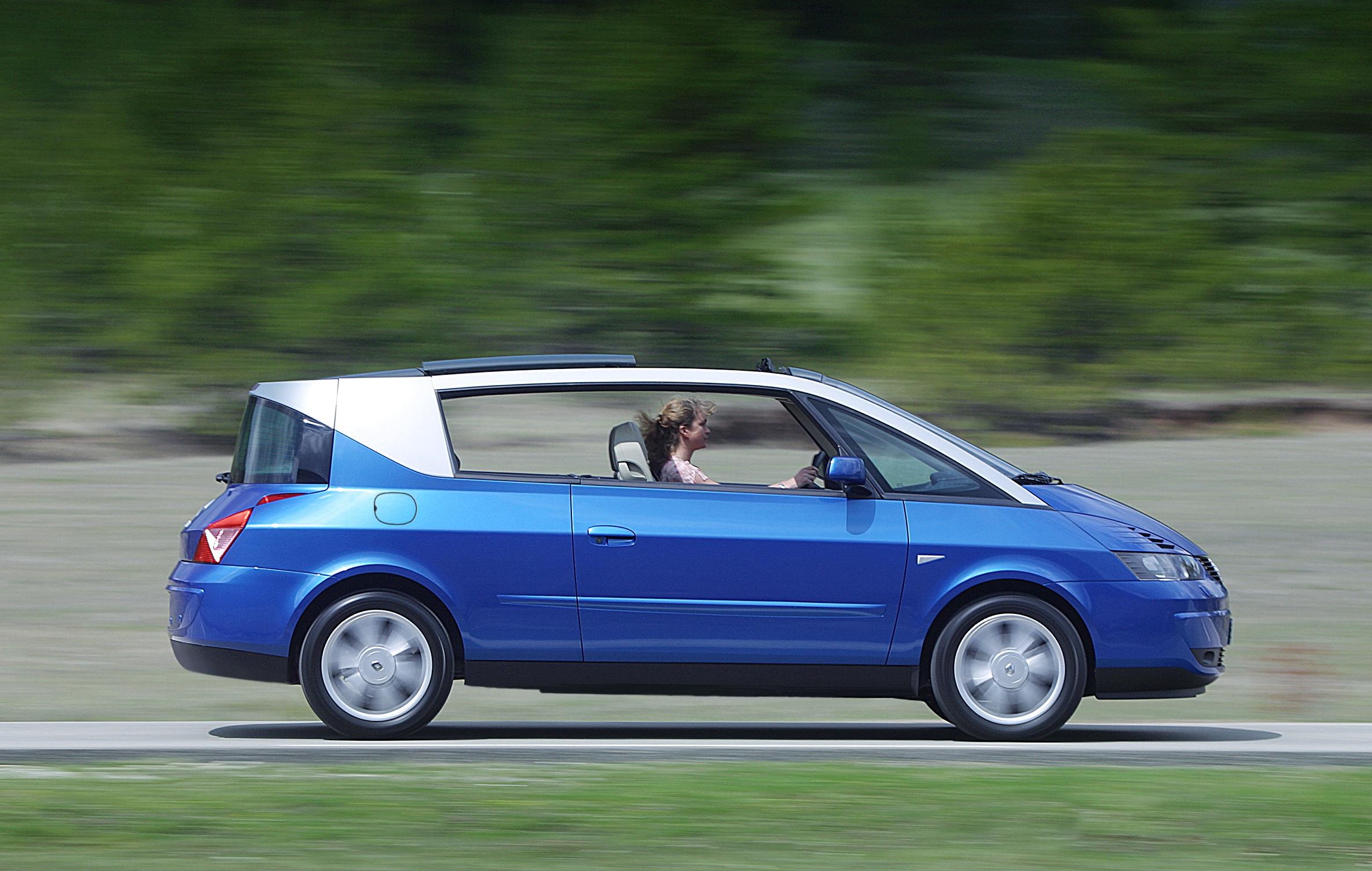
Perhaps most importantly, it had that most elusive of qualities: character. So much of it, in fact, that I was even prepared to forgive the gearbox its idiosyncrasies. It also looked great – just like it had been driven off the set of a sci-fi movie. Which it had. Sort of.
Back in 2006, you see, a modified Avantime appeared Children of Men, a big-budget dystopian thriller set in 2027. Of the four cars said to have been used for filming (one of which had two extra doors added), it’s believed that only one intact car remained when filming came to an end. And that car is still on the road today.
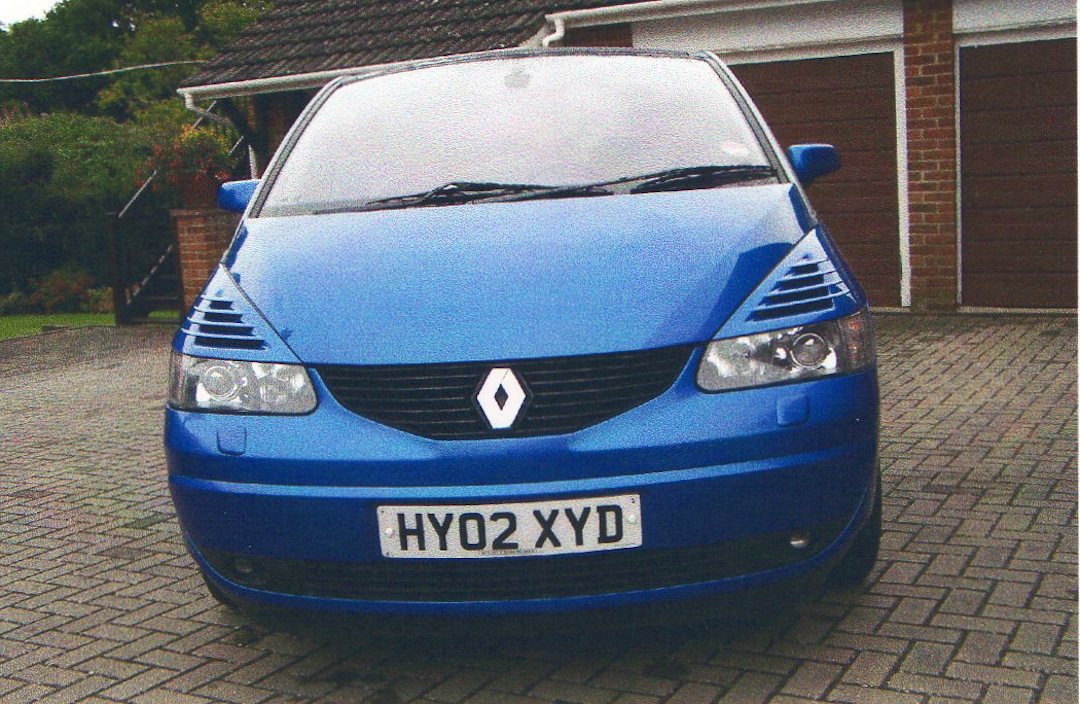
In July, 2007, long-time Matra enthusiast and multiple Avantime owner John Allan spotted an Ebay listing for an Avantime that had been used in, as the listing stated, ‘a recent film’. Modified for film use, the car was being sold by someone who had a contract to dispose of surplus materials from the film studio.
Unable to contact the seller by telephone (it later transpired that he’d been inundated with calls about the car), John decided to buy the car sight unseen using the buy-it-now option, reasoning that it would be useful for parts if it couldn’t be economically restored to original condition.

It couldn’t have ended up in better hands. John’s skills with both spanner and spraygun are well-known and hugely respected in Matra circles and he soon set about undoing the film crew’s handiwork.
“It had been painted matt blue for the film,” explains John. “Even the aluminium parts were covered with blue paint. There were also spatters of bronze paint, intended to look like either rust or dirt, and some holes had been made in the bodywork to resemble damage. The Renault grille had also been removed and a wooden one with a wavy pattern inserted in its place.”

But was it tricky to restore? “Not really,” says John. “It was a low mileage car and both the interior and the running gear were in very good condition. The hardest part was removing the paint that had been applied for the film, but a hot, high pressure jetwash took care of that. I then fixed the holes in the bodywork and replaced the grille and badges.”

John still owns the car as well as another V6 Avantime he bought back in 2003. He uses both cars to travel to his holiday home in France and attend Avantime club meetings throughout Europe. “So far, I’ve been to meetings in Slovenia (twice), Switzerland, Hungary, Italy, Germany and, of course, France.
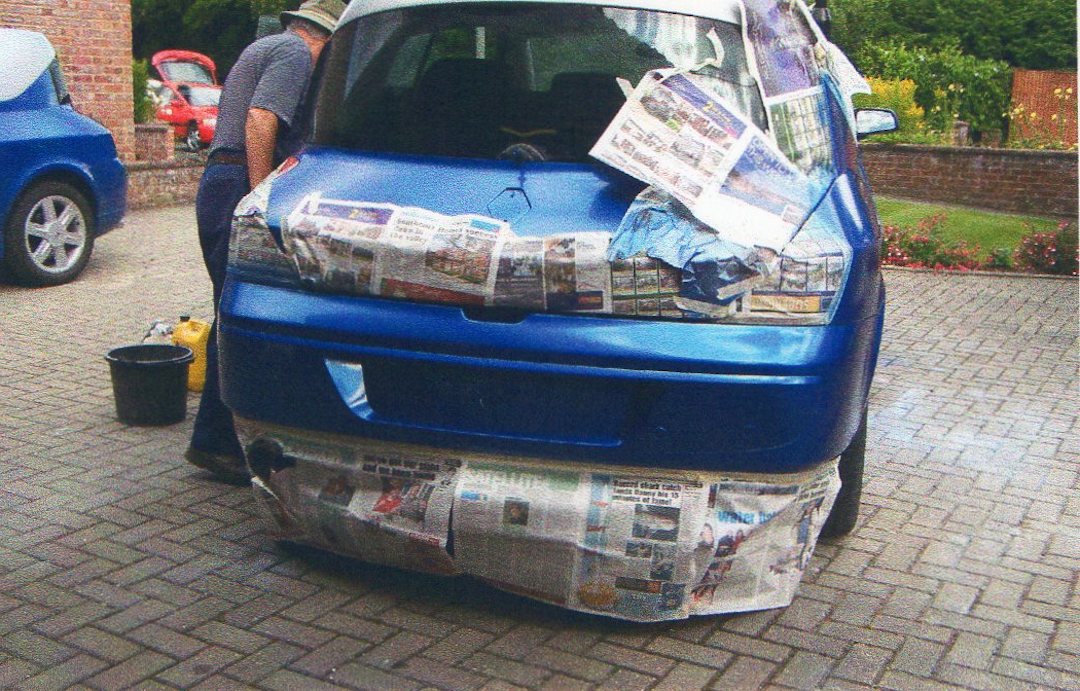
My Avantimes have been very reliable. I had some issues with the coil packs when I bought my first one, but nothing serious. I do my own servicing and make sure that both of my cars are properly maintained, and I drive them regularly. They’re very comfortable: when I’m going to a show or event, I often drive over 500 miles in a day, They cruise well and eat up the miles on the autoroute.
Fuel economy isn’t great, but the Avantime’s a big, heavy car with a V6 engine. I used to have a 2.0 litre one as well. Its fuel consumption is a bit better (but still not great) and it doesn’t give away much to the 3.0 litre version in terms of performance.”
And the looks?
“They’ve not dated at all. I still get people coming up to me and asking if it’s the new Renault!”
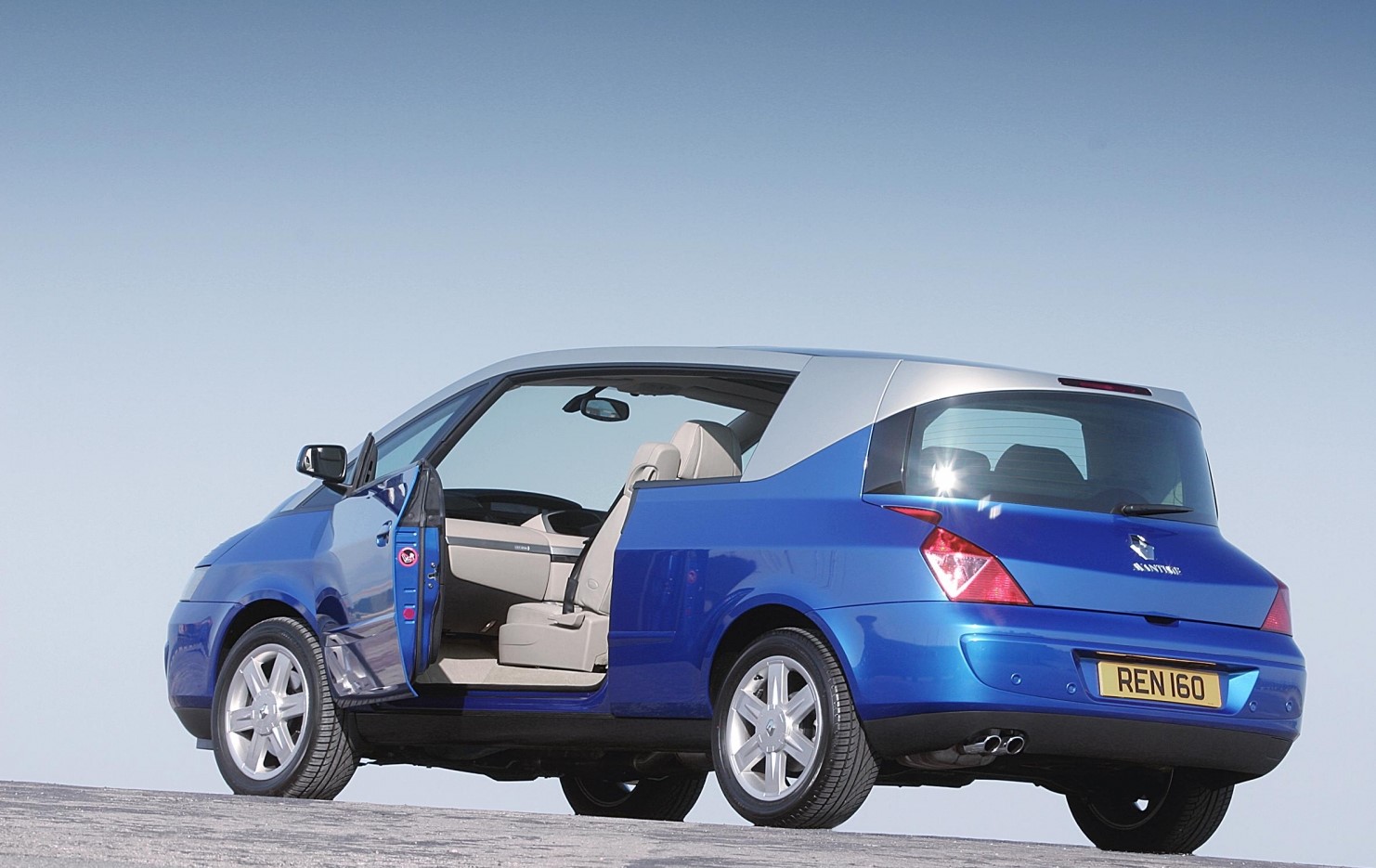
A twenty year old design being mistaken for a new car; a crossover before the concept, let alone the term, was commonplace. Avantime in more than just name…
But perhaps the Avantime’s futuristic design was a blight as well as a blessing, for it was born too soon to have benefited from the sort of propulsion system that befitted its style. What, one wonders, might the world have made of it had it been powered by a modern electric motor or hydrogen fuel cells?
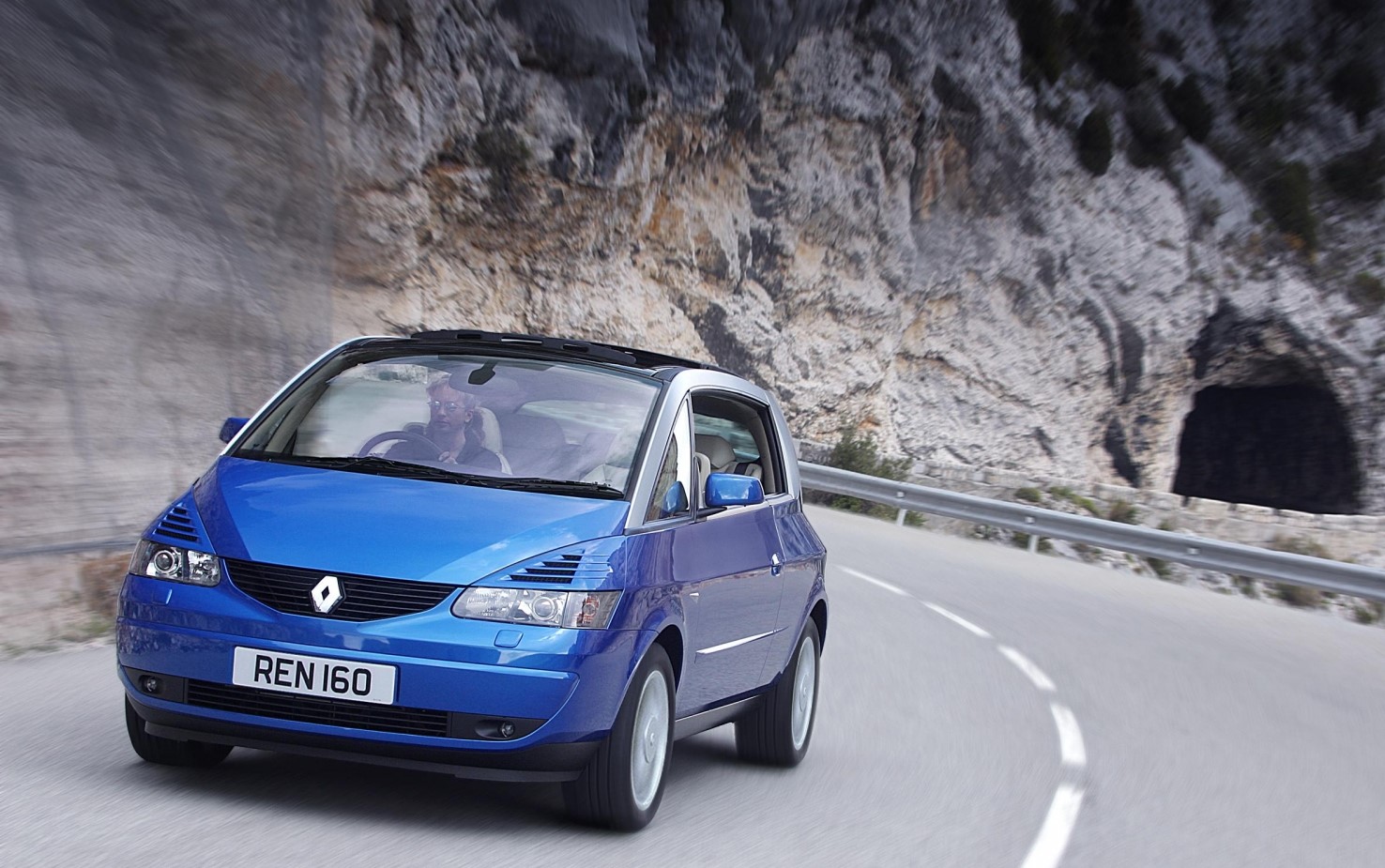
Sadly, we’ll never know.
Best enjoy it as it is, then. I certainly did.
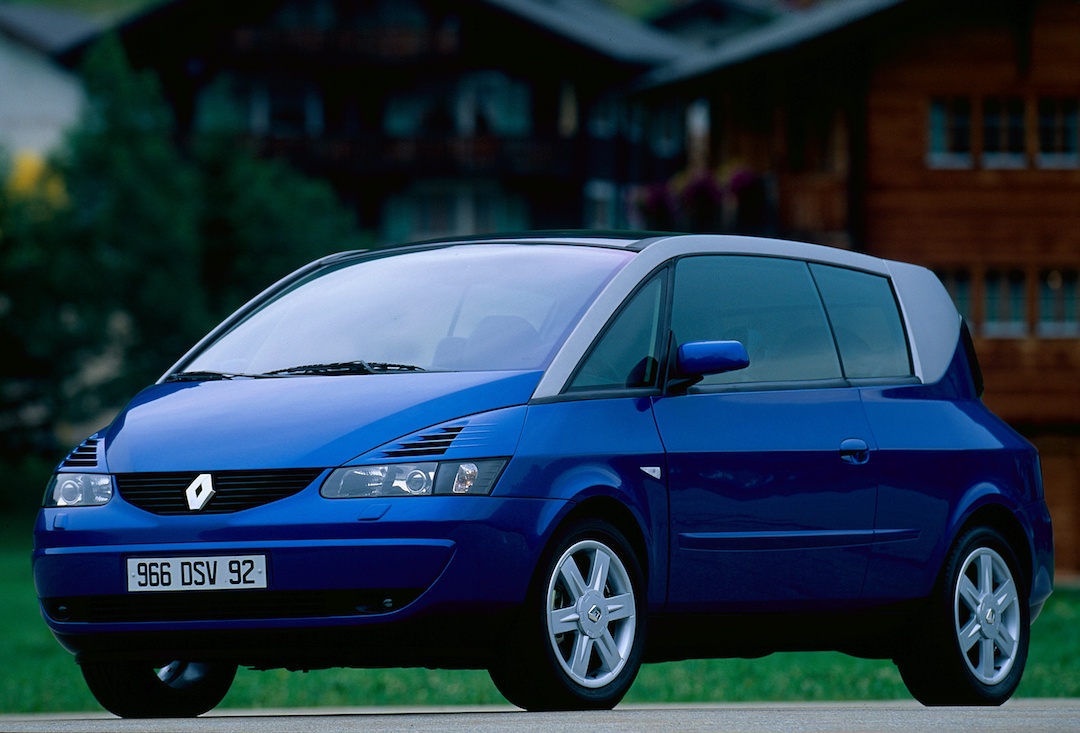
[Our thanks go to John Allan for his kind assistance with this article.]
CLICK TO ENLARGE










